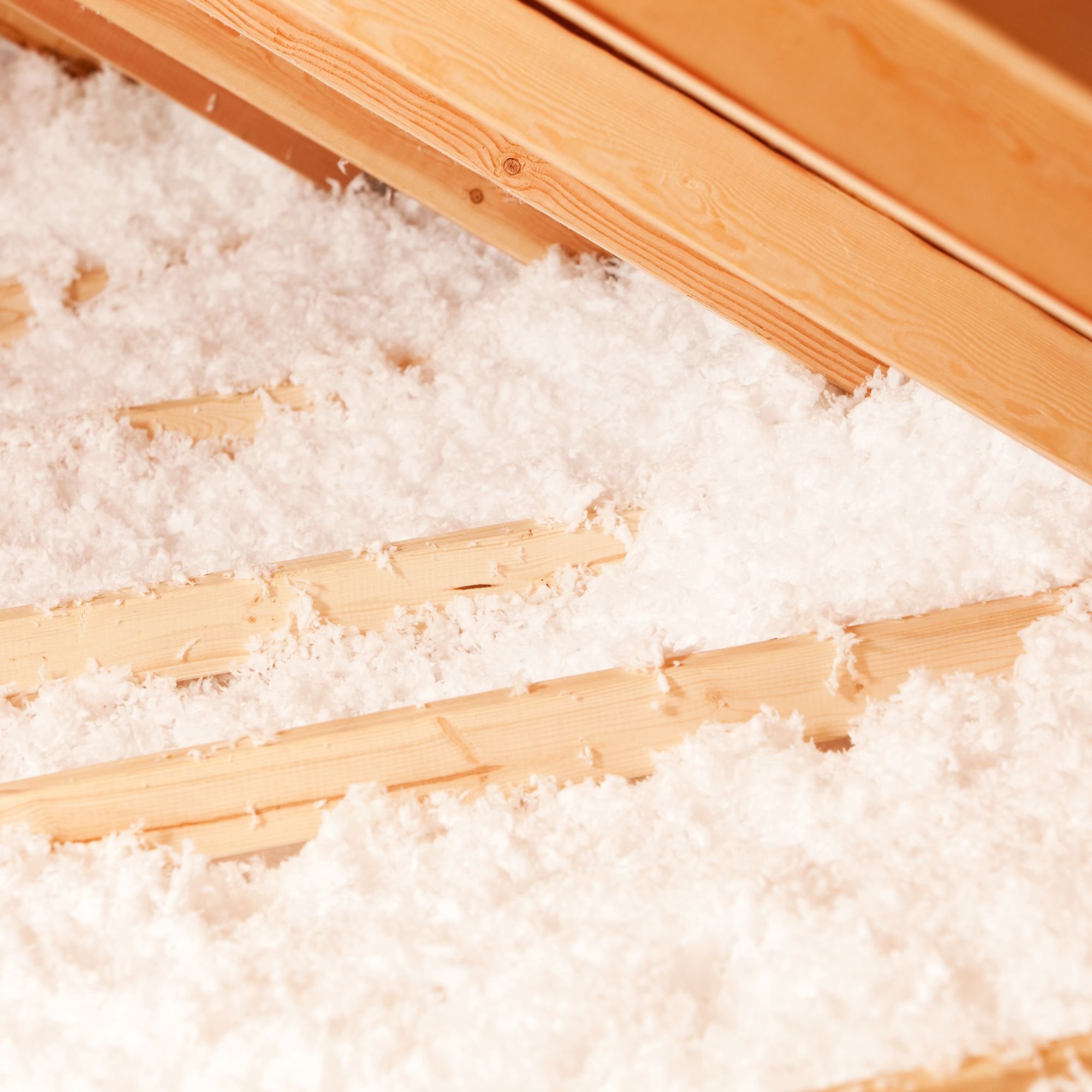Does My Home Need More Insulation?
Insulation plays a crucial role in maintaining your home's energy efficiency, comfort, and overall health. It keeps your home warm in the winter and cool in the summer, helping to reduce energy costs and keep indoor temperatures stable. But is it possible to have too much insulation? While adding more insulation might seem like an obvious way to increase your home's efficiency, it's important to understand the potential downsides, particularly in your attic.
How Insulation Works
Insulation works by slowing down the transfer of heat between your home’s interior and the outdoors. In winter, it keeps warm air inside, and in summer, it prevents hot air from entering. The effectiveness of insulation is measured by its R-value, with higher R-values indicating better insulating properties.
The Risks of Over-Insulating
While it’s crucial to have adequate insulation, adding too much can create problems, especially in your attic. Here’s why:
1. Trapped Heat and Air
Insulation is designed to trap heat, but if there’s too much of it, heat can become trapped in areas where it shouldn’t be, such as your attic. During the summer, this trapped heat can cause your attic to reach extremely high temperatures, which can lead to a variety of problems:
Roof Damage: Excessive heat can cause roofing materials, like shingles, to deteriorate faster, shortening the lifespan of your roof.
Mold and Moisture Issues: In winter, the heat trapped in the attic can cause snow on the roof to melt, leading to ice damming when it refreezes at the edges. Ice dams can cause water to back up under shingles, leading to leaks and water damage inside your home. Additionally, warm, moist air trapped in the attic can condense, leading to mold growth and wood rot.
2. Ventilation Problems
Proper attic ventilation is crucial for maintaining a balanced airflow, which helps regulate temperature and moisture levels. If your attic is over-insulated, it can restrict airflow, leading to stagnant air that can exacerbate moisture issues. Without proper ventilation, the insulation can become damp, reducing its effectiveness and potentially leading to the growth of mold and mildew.
Signs Your Home May Have Too Much Insulation
High Energy Bills Despite Adequate Insulation: If your energy bills are higher than expected despite having sufficient insulation, it might be a sign that your attic isn't properly ventilated, causing your HVAC system to work harder.
Hot or Cold Spots: Uneven temperatures in your home, especially in rooms directly below the attic, can indicate that the attic is holding onto heat or cold air.
Mold or Mildew: The presence of mold or mildew in your attic or on your roof deck is a clear sign of moisture problems, which could be related to over-insulation.
Finding the Right Balance
The key to effective insulation is balance. You need enough insulation to prevent heat loss in winter and heat gain in summer, but not so much that it traps air and creates ventilation issues. Here are a few tips for achieving the right balance:
Conduct an Energy Audit: A professional energy audit can assess your home’s current insulation levels and identify areas where you may have too much or too little insulation.
Ensure Proper Ventilation: Make sure your attic has adequate ventilation to allow air to circulate and prevent the buildup of heat and moisture.
Consider Attic Fans: Attic fans can help improve airflow and prevent overheating by pushing hot air out of your attic during the summer.
Conclusion
While insulation is essential for keeping your home energy-efficient, adding too much can lead to problems like trapped heat, moisture buildup, and potential damage to your roof. It’s important to find the right balance and ensure your attic is properly ventilated to avoid these issues. If you’re unsure whether your home has the right amount of insulation, consider consulting with a professional to assess your needs and make recommendations tailored to your specific situation.




